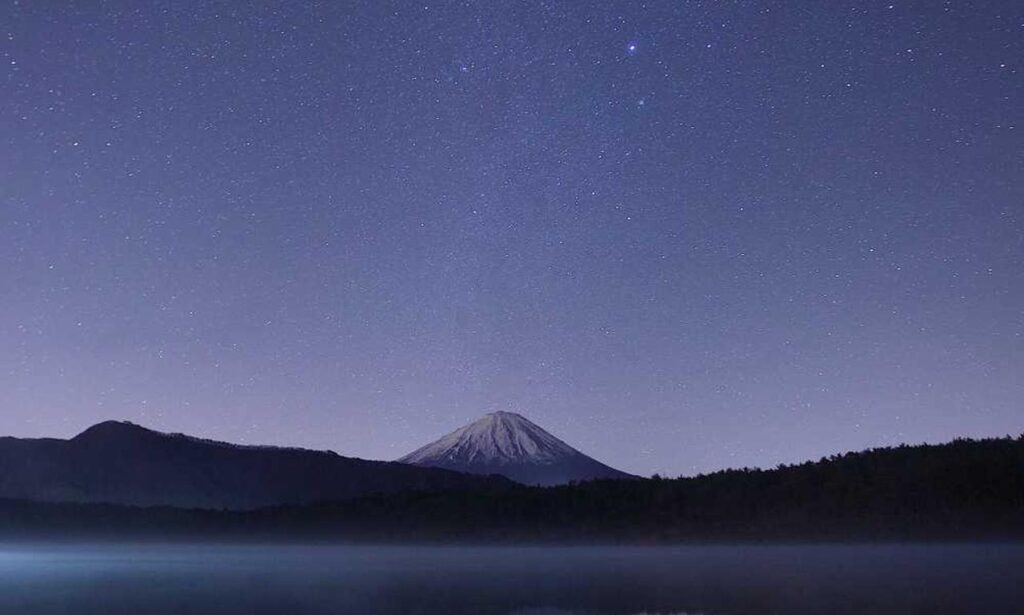What is 7878×72?
Let’s break it down. The string 7878×72 refers to a resolution spec—meaning 7,878 pixels in width and 72 pixels in height. That’s an extremely wide and unusually short display ratio. This isn’t your standard 16:9, 21:9, or even a panoramic wraparound screen. It’s ultraultrawide, and then some.
For comparison, most 4K monitors clock in at 3840 pixels wide. Even ultrawide formats like 5120×1440 look tame compared to this. So where would you see something as niche as 7878×72?
Real Use Cases: Not Your Average Screen
Despite its odd shape, there are real scenarios where such a resolution might pop up. Think data tickers, stock exchange displays, marquee signage, or ultralong dashboards in highsecurity control rooms. You might also see this kind of setup in theaters for running subtitles across a massive projection.
Another potential use for 7878×72? Web or app development, particularly for testing how certain dynamic elements behave across extreme screen sizes. Responsive design isn’t just about phones and desktops anymore—it’s about everything in between, and beyond.
Pushing the Boundaries of UI/UX
Designers and developers often test layouts across a staggering array of resolutions, and 7878×72 is one of those outlier specs that forces you to consider readability, spacing, and flow in awkward geometries. For example, UI elements that stretch beyond a certain limit lose hierarchy. Text alignment becomes a nightmare. Overscrolling turns interactions into endurance tests.
It’s a good creative constraint. Designing for extreme dimensions can sharpen your decisionmaking. It forces prioritization—what absolutely needs to be visible, and what can be trimmed or restructured?
Why It Matters for Developers and Designers
Here’s the thing: as technology barrels forward, nonstandard displays are becoming more normal. Think foldables, scroll screens, transparent panels. Somewhere down the road, a client or project might dump a 7878×72 scenario in your lap. Having seen it before—even just in a test environment—gives you an edge.
Also, if you’re using flexible frontend frameworks like Tailwind or Bootstrap, testing in edge cases like this can expose weaknesses in breakpoints or stacking logic you didn’t know existed. That invisible 5% of edgecase users? They matter.
Limited But Growing Hardware Support
Of course, there’s not exactly an aisle at Best Buy labeled “SuperExtreme Ultra Wide Monitors.” But certain commercial systems—especially dynamic LED display setups—can get quite close. Some signage controllers and display daisychaining software support ultracustom resolutions. You’re more likely to see something close to 7878×72 in a digital signage deployment than in your home office.
If you’re building for a setup like this, expect to brush up against GPU caps, cable bandwidth issues, and custom display firmware. Nothing is plugandplay here. But if you’re the kind of person who enjoys wrangling with demanding specs, then this kind of niche challenge is right up your alley.
7878×72 and Motion Graphics
One unexpected playground for a bizarre resolution like 7878×72 is motion design. Projects like kinetic typography strips, digital art installations, or musicreactive graphics can thrive in this stretched format. It puts your visual pacing and animation skills to the test.
Adobe After Effects or similar motion tools can technically handle it. Just expect longer preview times and some wonky behavior from plugins that assume “normal” screen sizes. But the end result? Totally unique.
Is It Practical? Depends on the Job
No, you’re not about to find a 7878×72 monitor at your favorite gear shop. Most people will never even simulate it. But in niches like installation art, commercial signage, and experimental tech, it’s a real spec demand.
It’s also a great stresstest for codebases, design flexibility, and animation pacing. Like training with ankle weights—if you can master this, regular environments are a breeze.
Final Thoughts
Whether you see 7878×72 as an oddball resolution or an exciting design challenge kind of depends on your mindset. To a writer, it’s just a weird number. To a developer or motion graphic designer, it’s another creative sandbox—one that pushes them to find new solutions in tight (or very wide) spaces.
Bottom line: niche specs like this won’t dominate the future, but they’ll definitely be part of it. Being ready for that, even a little, can set you apart.


